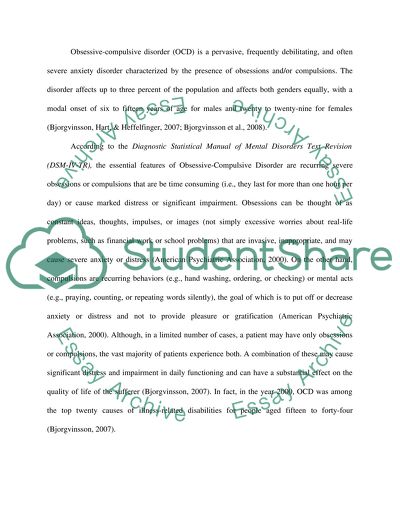Cite this document
(“The effectiveness of cognitive-behavioral therapy in treating Essay”, n.d.)
Retrieved from https://studentshare.org/psychology/1403153-cognitive-behavioral-therapy-for-ocd-patients
Retrieved from https://studentshare.org/psychology/1403153-cognitive-behavioral-therapy-for-ocd-patients
(The Effectiveness of Cognitive-Behavioral Therapy in Treating Essay)
https://studentshare.org/psychology/1403153-cognitive-behavioral-therapy-for-ocd-patients.
https://studentshare.org/psychology/1403153-cognitive-behavioral-therapy-for-ocd-patients.
“The Effectiveness of Cognitive-Behavioral Therapy in Treating Essay”, n.d. https://studentshare.org/psychology/1403153-cognitive-behavioral-therapy-for-ocd-patients.


